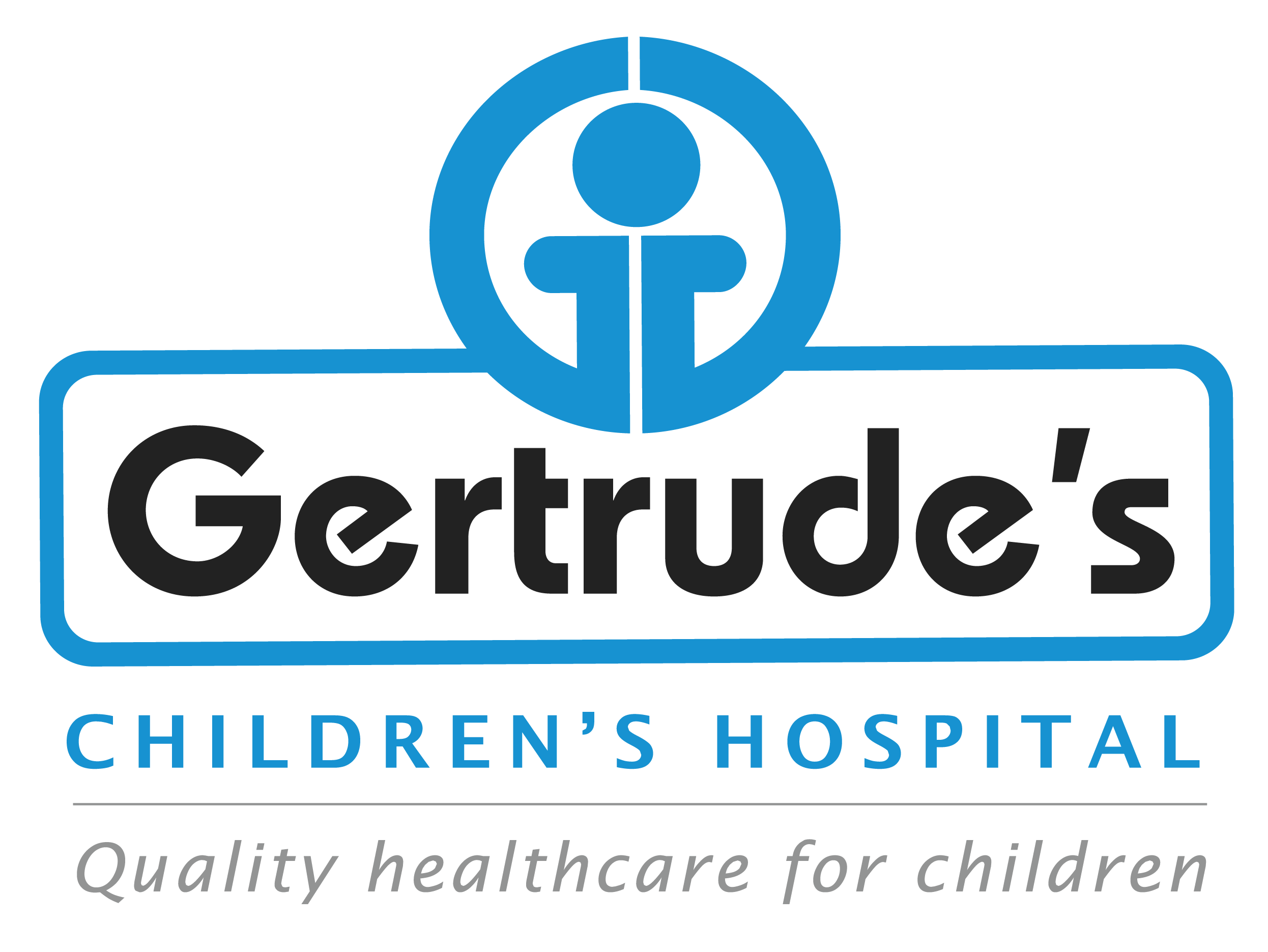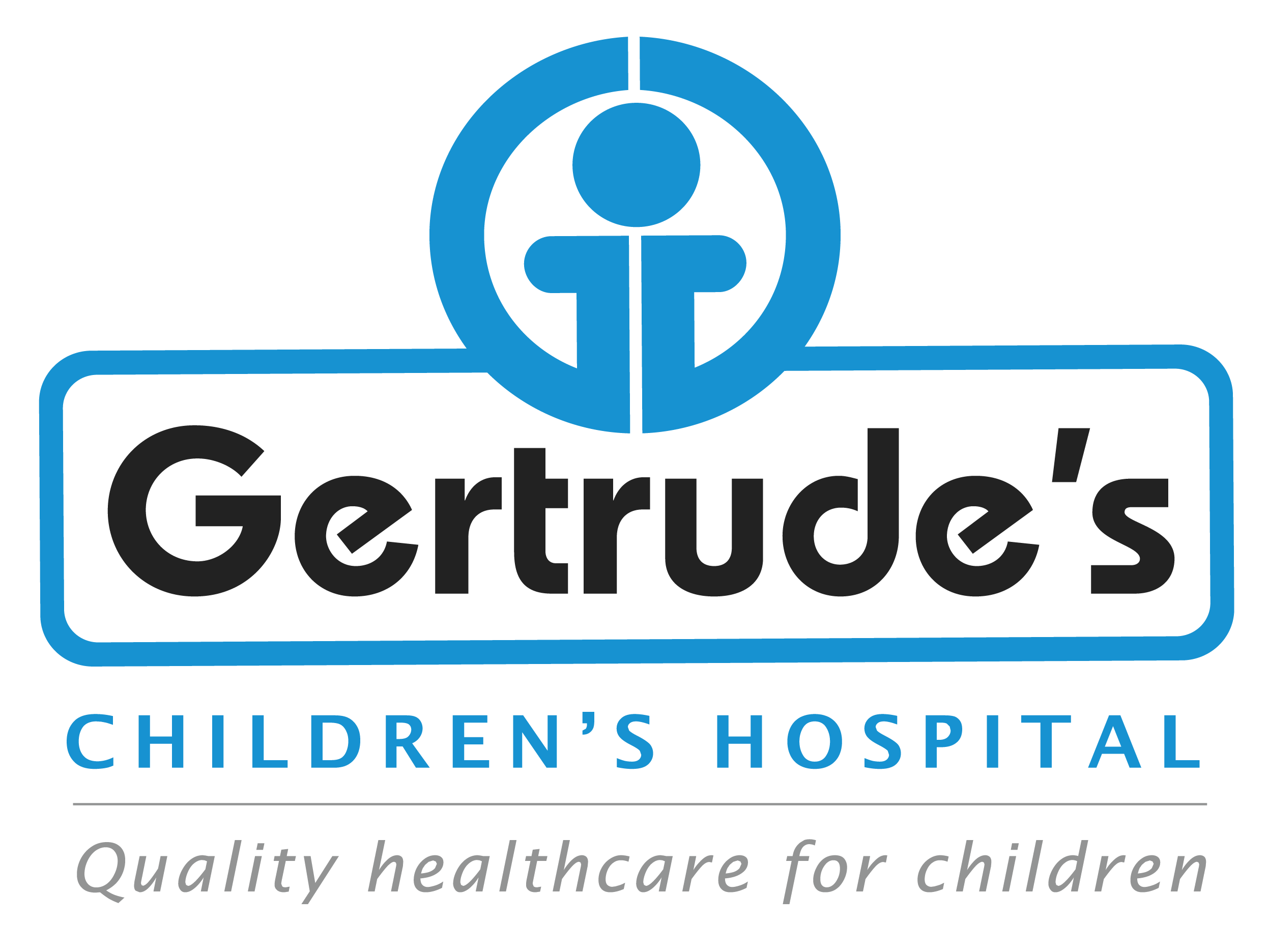Epidermolysis bullosa (EB) is a rare genetic disorder that affects the skin and mucous membranes. It is characterized by the formation of blisters and open sores on the skin, which can be painful and prone to infection. EB is caused by a mutation in one of the genes that codes for the proteins that hold the skin together, leading to a weakening of the skin’s structure and a loss of its natural barrier function.
Symptoms
- Blisters and open sores on the skin, which can be painful and prone to infection
- Skin fragility, leading to tears and wounds
- Difficulty healing wounds, which can lead to scarring and disfigurement
- Oral and gastrointestinal blisters, which can cause pain and difficulty eating
- Respiratory problems, such as pneumonia and bronchitis
- Eye problems, such as conjunctivitis and corneal ulcers
Causes
- EB is caused by a mutation in one of the genes that codes for the proteins that hold the skin together. This mutation can be inherited from one’s parents, or it can occur spontaneously.
Diagnosis
- Diagnosing EB typically involves a physical exam and a review of the patient’s medical history. A doctor may also perform a skin biopsy to confirm the diagnosis. In some cases, additional tests may be ordered to rule out other conditions.
Treatment Options
- Wound care: This includes cleaning and dressing wounds, as well as using topical creams and ointments to promote healing.
- Pain management: This includes using pain medications and other therapies to manage pain and discomfort.
- Infection prevention: This includes using antibiotics and other medications to prevent infection.
- Nutritional support: This includes providing nutritional supplements and other therapies to support wound healing and overall health.
- Surgical interventions: This includes performing surgery to repair damaged skin and mucous membranes.
Why Choose Us
Expert team
Our dermatologists and pediatric specialists have extensive experience in treating alopecia areata in children.
Personalized care
We create treatment plans that fit each child’s unique needs
Support and education
We teach children and families how to care for their skin and prevent future breakouts
Advanced treatments
Access to the latest acne treatments and skincare products
Frequently Asked Questions
Q: What is the prognosis for EB?
A: The prognosis for EB varies depending on the type and severity of the condition. With proper care and management, many people with EB can lead active and fulfilling lives.
Q: Can EB be cured?
A: There is currently no cure for EB, but researchers are working to develop new treatments and therapies that can help manage the symptoms and improve quality of life.
Q: How can I prevent EB?
A: EB is a genetic disorder, and there is currently no way to prevent it. However, genetic counseling and testing can help identify individuals who may be at risk of passing the condition on to their children.
Contact
Please feel free to contact us with any general or medical enquiry by calling us.





